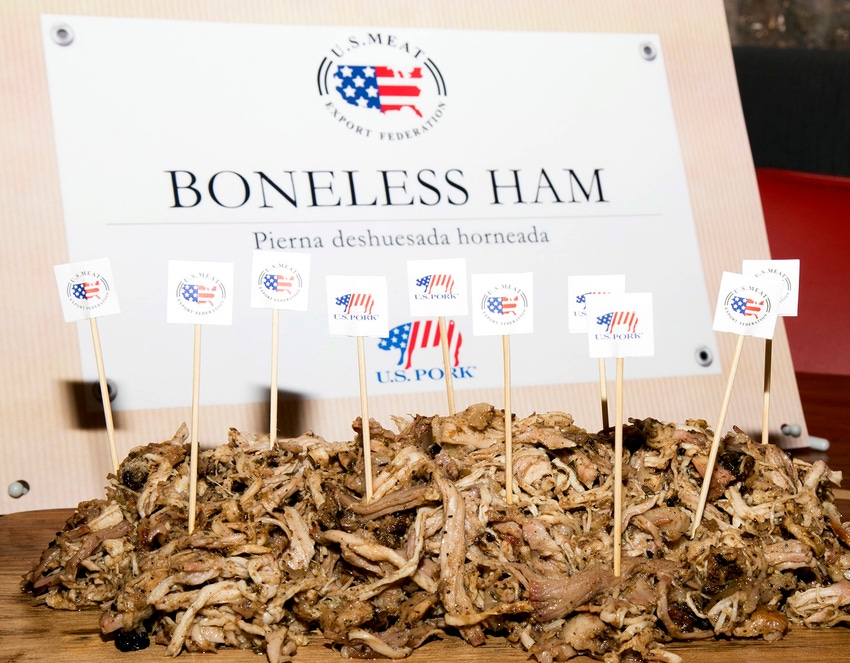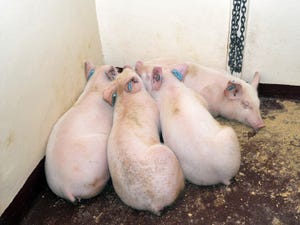Swine industry sees lower grain prices, higher exports, improving profits
With pork production declining in other regions and U.S. cost structures improving, industry in well-positioned to further capitalize on export markets.
April 17, 2024

By Chris Murphy, Compeer Financial
The swine industry is buzzing with activity lately, with a lot to unpack. Let’s dive in, starting with grain prices. Since the switch to the new crop last fall, grain prices have dropped, providing relief for producers after a tough 19 months economically.
According to the Iowa State Estimated Livestock Returns, the average estimated breakeven was $97 per carcass cwt in 2023, with feed costs averaging $120 per head during the same period. However, estimated feed costs have remained above $120 since the second quarter of 2022, peaking around $131 per head before dropping to under $100 per head for the first time in March of 2024. These high feed costs, combined with insufficient revenues, caused significant losses starting in the fourth quarter of 2022.
The estimated returns showed an average loss of $27 per head marketed (before a credit for manure) over the last 19-month period, the most significant in history. This period is shorter than the losses incurred by the industry between 2007 and 2009; however, the losses this time have been more significant as both feed costs and all other fixed costs remained high. Feed costs moving lower are helping with cost structures, but other fixed costs, including labor, may stay elevated, making a return to the lower cost structures seen several years back challenging to achieve.
In March, the Hogs and Pigs Report was released, sparking debate about the amount of pork the U.S. will supply this year. While the breeding herd was down 2%, productivity gains, with pigs per litter up approximately 5% year over year, offset this decline. This trend isn’t surprising, as lower performing sows have been culled from the market while genetic improvements continue to boost efficiency. However, reports of porcine epidemic diarrhea and lateral porcine reproductive and respiratory syndrome breaks in nurseries and finishers across the country raise questions about finishing and grow-finish performance for the remainder of 2024.
Exports remain a bright spot, showing strength in the first few months of 2024. Total U.S. pork exports reached $1.37 billion through February, making a 10% increase compared to the previous year, following a record-setting 2023. Mexico led in both volume and value. With pork production declining in other regions and U.S. cost structures improving, the industry in well-positioned to further capitalize on export markets. This has contributed to a significant price surge in recent weeks, with both the CME Index and the PK 602 (cutout) rising by about $10 over the past six weeks.
It’s crucial for industry players to closely monitor marketing plans and market conditions with stakeholders. Many have been eagerly awaiting this market upturn, which presents profitable opportunities for those with aligned cost structures. Implementing price protection strategies, including flexible options for participating in market rallies, can help capitalize on this opportunity and avoid surprises when market conditions inevitably shift again.
While the swine industry faces challenges like fluctuating grain prices and disease outbreaks, there are promising signs of recovery and growth, particularly in export markets. By staying vigilant and adaptable, producers can navigate these dynamics and position themselves for success in the evolving landscape of the swine industry.
Murphy is senior animal ag lending specialist – swine for Compeer Financial. For more insights from Murphy and the Compeer Swine Team, visit their website.
You May Also Like



